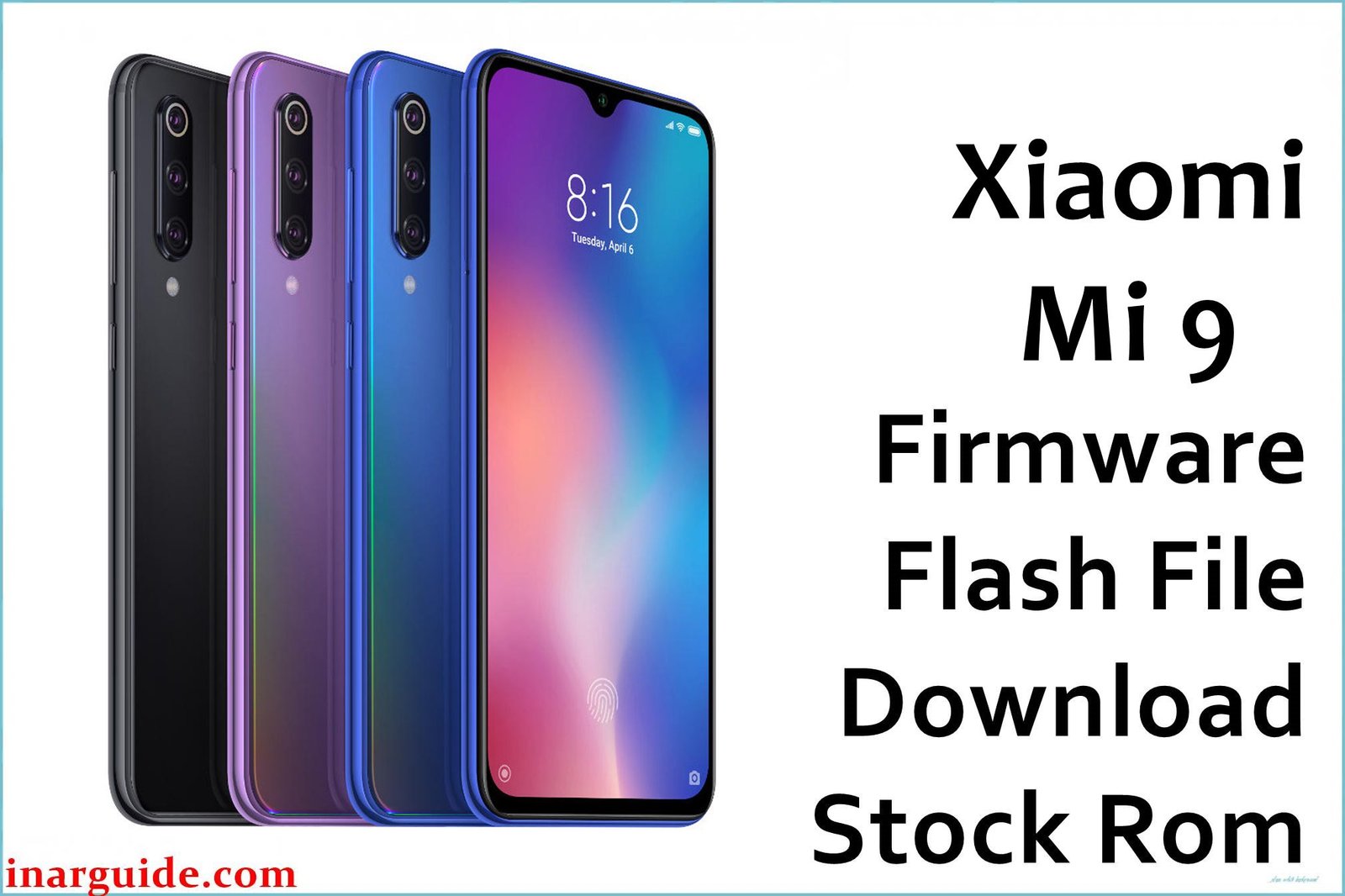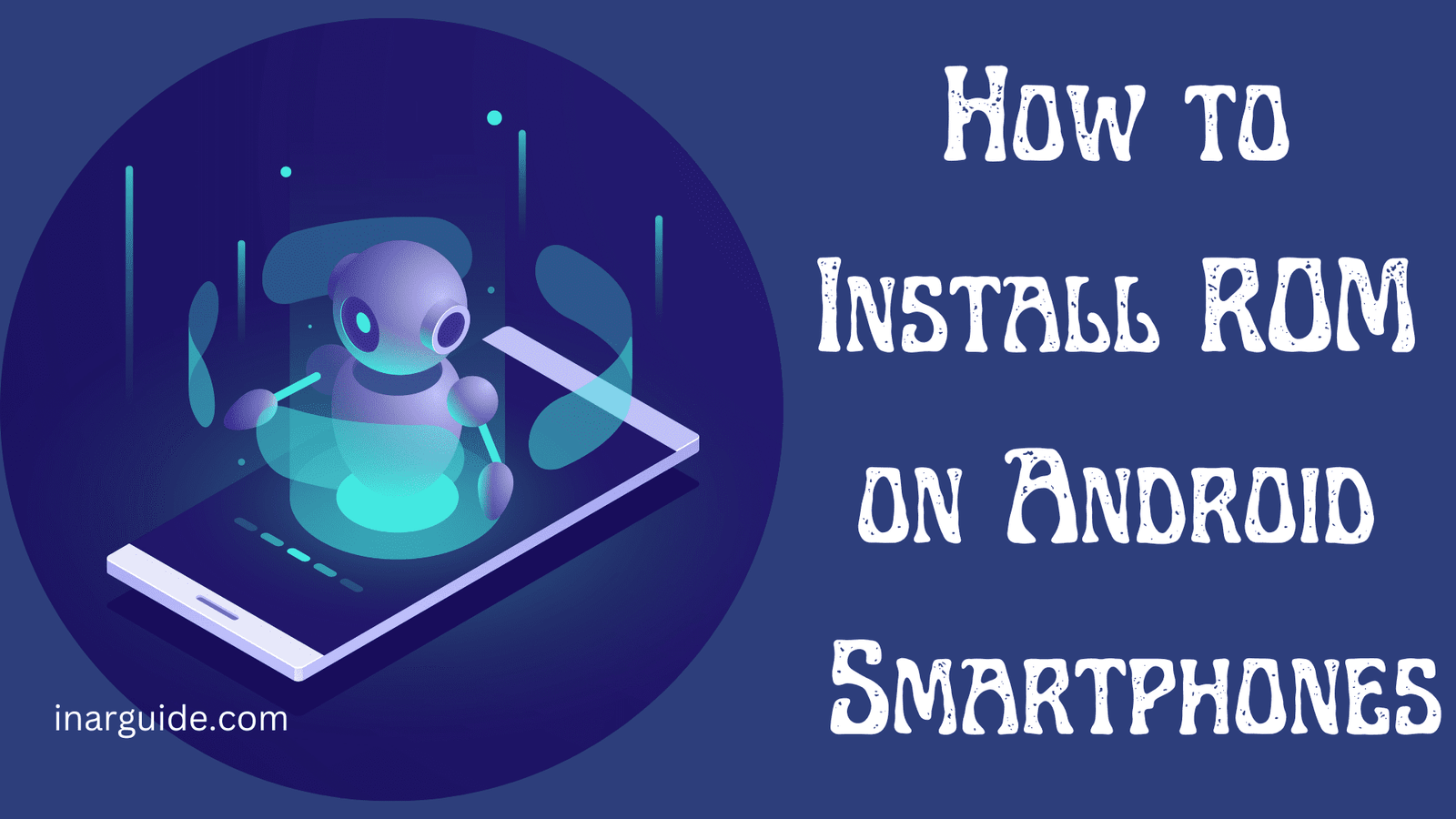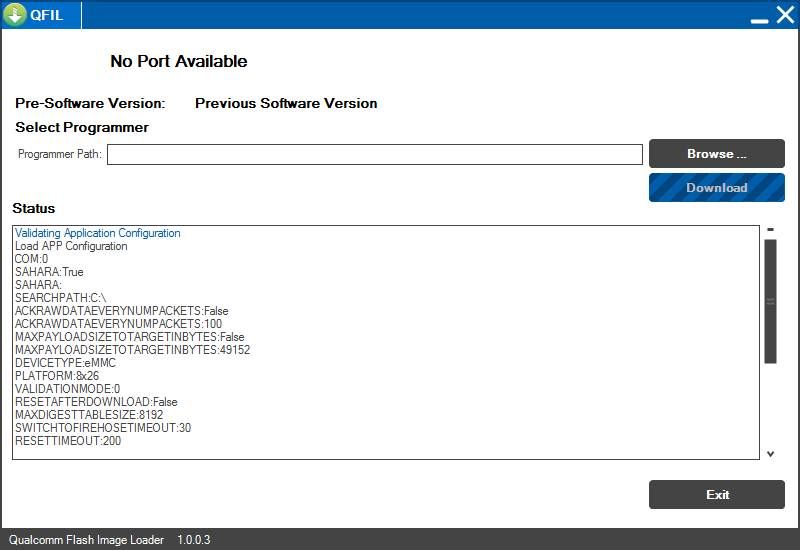The Xiaomi Mi 9 (codename cepheus), launched in 2019, was a true flagship powerhouse that delivered top-tier specifications at an aggressive price point. It was one of the very first smartphones to be powered by the formidable Qualcomm Snapdragon 855 chipset, offering incredible performance. The Mi 9 also pushed innovation with its charging technology, introducing the world’s fastest 20W wireless charging at the time. Featuring a stunning holographic glass design, a versatile 48MP AI triple camera, and a vibrant Super AMOLED display, it was a complete flagship package. This page provides the official fastboot ROMs for China, Global, and EEA, plus the popular Xiaomi.eu custom ROM, for users needing to restore or repair their device.
Important: You must verify your device is the standard Mi 9 (cepheus). The firmware on this page is not compatible with other members of the Mi 9 family, such as the Mi 9 SE (grus), Mi 9 Lite (pyxis), or Mi 9 Pro (crux). Flashing the wrong ROM will hard brick your phone.
Quick Device Specs
- Device: Xiaomi Mi 9 (cepheus)
- Release year: 2019
- Chipset: Qualcomm Snapdragon 855
- Display: 6.39″ Super AMOLED, HDR10
- Battery: 3300 mAh, 27W wired & 20W wireless charging
- Original MIUI: Android 9 (Pie), MIUI 10
Required Downloads
| File / Tool | Download Link |
|---|---|
| Xiaomi Mi Flash Tool | Download Latest Version |
| Xiaomi USB Drivers | Included with Mi Flash Tool |
| Bootloader Unlock Tool | Official Mi Unlock Page |
Fastboot ROMs
| Region | Build | Android | Release Date | Download | Codename |
|---|---|---|---|---|---|
| China | V12.5.6.0.RFACNXM | 11.0 | 2021-11-25 | Download | cepheus |
| Global | V12.5.1.0.RFAMIXM | 11.0 | 2021-06-11 | Download | cepheus |
| EEA | V12.5.2.0.RFAEUXM | 11.0 | 2021-11-12 | Download | cepheus |
| Xiaomi.eu (Custom) | V12.5.6.0.RFACNXM (Based) | 11.0 | — | Download | cepheus |
How to Flash
For a step-by-step process, drivers, and troubleshooting, read our Ultimate Mi Flash Guide.
- Boot into Fastboot mode (Power + Volume Down).
- Extract the firmware (.tgz file) and select the main folder containing the
/imagesdirectory in Mi Flash Tool. - Select clean all for a safe installation (avoid clean all and lock unless you are on the correct stock ROM for your specific region).
FAQs
Q1. Can I flash a Mi 9 SE (grus) or Mi 9 Lite (pyxis) ROM on my Mi 9?
No, absolutely not. The Mi 9 (cepheus) is the high-end flagship with a Snapdragon 855. The SE and Lite models use different Snapdragon 7-series chipsets and have completely different hardware. Their firmwares are not interchangeable.
Q2. What was the final official update for the Mi 9?
The Mi 9 launched with Android 9 Pie and received two major OS upgrades, with its final official version being Android 11. The MIUI 12.5 builds provided on this page are the last software updates released for this device.
Q3. What made the Mi 9’s charging special at launch?
At the time of its release, the Mi 9 featured the world’s fastest wireless charging at 20W. This was a significant technological achievement, as it was faster than the standard wired charging of many competing flagship phones.
Q4. The Xiaomi.eu ROM is a .zip file. How do I install it?
The .zip file is a recovery-flashable ROM. You cannot use Mi Flash Tool. You must first unlock your bootloader, install a custom recovery like TWRP, and then flash the .zip file from within the recovery interface.
Troubleshooting
- Drivers: If your PC does not recognize the phone in fastboot mode, reinstall the Xiaomi USB drivers, run Mi Flash Tool as Administrator, or try a different USB port (USB 2.0 is often more stable).
- Fastboot errors:
- “error: not catch checkpoint” → This common error means you have selected the wrong folder. In Mi Flash Tool, be sure to select the parent folder that was created when you extracted the .tgz file, not the images folder inside it.
- “Anti rollback error” → You are attempting to flash an older firmware version than what is currently on the device. Xiaomi’s Anti-Rollback Protection (ARB) prevents this.
- EDL mode: For a hard-bricked phone that won’t enter fastboot, EDL mode is the last resort. It requires using hardware test points and is recommended for advanced users only.






![Motorola Moto E20 XT2155-3 Firmware Flash File Download [Stock ROM] Motorola Moto E20 XT2155-3](https://www.inarguide.com/wp-content/uploads/2022/01/Motorola-Moto-E20-XT2155-3.jpg)